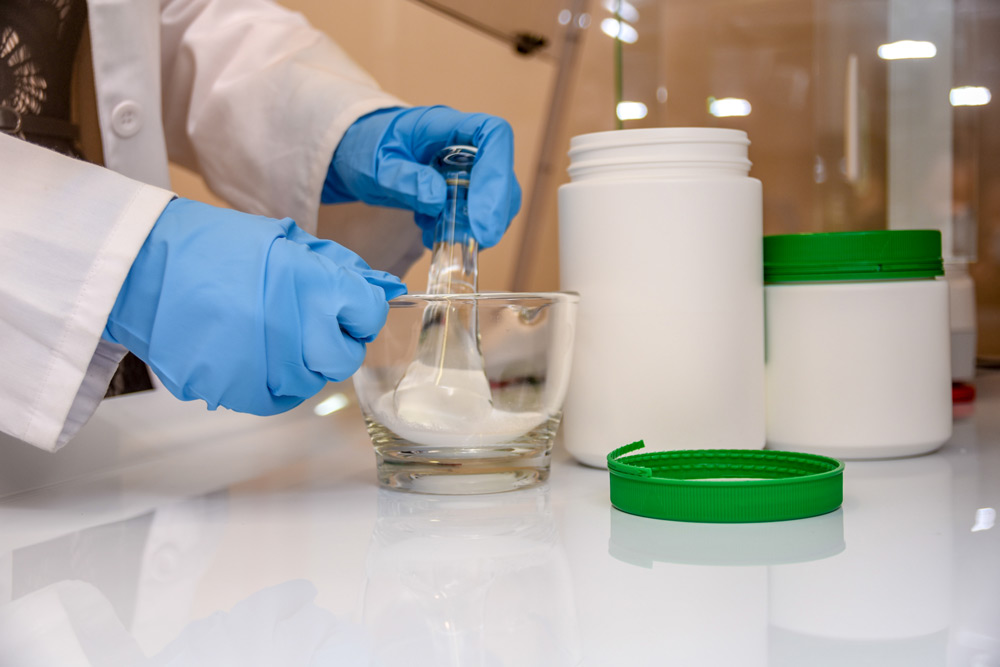Understanding the Photodynamic Therapy (PDT) Potential of Pharmaceutical Methylene Blue

In the realm of medical science, breakthroughs and improvements continue to reshape the panorama of therapies for various conditions. Photodynamic Therapy (PDT) stands as a remarkable example of a cutting-edge approach that has proven promising leads to combating certain illnesses, particularly cancer. At the center of this revolutionary remedy lies pharmaceutical Methylene Blue, a versatile and intriguing compound with immense potential in the realm of PDT. In this article, we embark on a journey to know the essence of PDT and discover the fascinating capabilities of Methylene Blue in revolutionizing medical treatments.
Illuminating the Concept of Photodynamic Therapy
Photodynamic Therapy, or PDT, is an innovative medical method that harnesses the ability of light and photosensitive substances to deal with a broad selection of situations. At its core, PDT employs a three-pronged strategy involving a photosensitizer, light of particular wavelengths, and oxygen. The photosensitizer, on this case, Methylene Blue, is a pharmaceutical compound that exhibits distinctive properties when uncovered to mild.
When the photosensitizer is administered or applied, it preferentially accumulates in goal tissues or cells, corresponding to cancerous growths. Upon exposure to the appropriate wavelength of sunshine, the photosensitizer initiates a sequence of photochemical reactions. This triggers the era of reactive oxygen species (ROS), which, in flip, unleash a cascade of harmful events, finally resulting in the destruction of the targeted cells or tissues.
The selectivity of PDT, along with its minimal invasiveness and potential for localized therapy, makes it a beautiful different to traditional therapies for sure situations. While PDT has proven great promise in treating numerous cancers, it also finds purposes in managing pores and skin situations, eye problems, and certain infections.
Exploring the Marvels of Pharmaceutical Methylene Blue
At the heart of PDT lies the exceptional photosensitizer, pharmaceutical Methylene Blue. Beyond its use as a laboratory stain and diagnostic device, Methylene Blue has carved a distinct segment as a potent and versatile therapeutic agent. It displays a novel capability to absorb mild within the purple region of the electromagnetic spectrum, making it best for PDT purposes.
The attract of Methylene Blue lies in its multifaceted properties. Apart from its position in PDT, it serves as an efficient antimicrobial agent, showcasing notable efficacy towards various micro organism and even some drug-resistant pathogens. Additionally, ongoing analysis is exploring its potential in neurological issues, because it demonstrates neuroprotective results and should supply hope in managing conditions like Alzheimer's and Parkinson's ailments.
In the realm of PDT, Methylene Blue has garnered important consideration due to its outstanding ability to generate reactive oxygen species upon mild activation. This mechanism ensures that the therapeutic effects are confined to the target space, sparing healthy tissues from pointless injury. As a outcome, PDT with Methylene Blue is garnering interest as a promising avenue in the struggle against certain cancers, corresponding to non-melanoma skin cancers, esophageal cancer, and bladder most cancers.
PDT with Methylene Blue: A Journey Towards Mainstream Medicine
As the potential of PDT with pharmaceutical Methylene Blue continues to unfold, researchers and medical professionals are optimistic about its future in mainstream drugs. Although it may not be the final word panacea, the marriage of Methylene Blue and PDT holds immense promise in complementing current treatments and improving affected person outcomes.
The non-invasiveness, relatively delicate unwanted aspect effects, and potential for repeated remedies make PDT with Methylene Blue an attractive option for sufferers who're unable to bear extensive surgical procedures or those looking for options to conventional cancer treatments.
Nevertheless, like all evolving medical therapy, PDT with Methylene Blue requires rigorous analysis and medical trials to cement its efficacy and security in various applications. Collaborative efforts between scientists, clinicians, and pharmaceutical specialists are crucial to accelerate the interpretation of this groundbreaking technique from the laboratory bench to bedside.

In the realm of medical innovation, Photodynamic Therapy stands as a beacon of hope, offering a less invasive and localized strategy to treating a various range of medical conditions. The potential of pharmaceutical Methylene Blue as a photosensitizer has elevated PDT to new heights, holding promise in the struggle against cancer and different afflictions.
As Click to find out more embraces the potential of PDT with Methylene Blue, continued research and medical validation are paramount to unlock its full potential and revolutionize the means in which we fight ailments. Amidst the excitement and optimism, it's essential to maintain up a steadfast dedication to scientific rigor, finally paving the method in which for more accessible, efficient, and patient-centric treatments sooner or later. The journey of PDT with Methylene Blue is a testament to human ingenuity and perseverance, providing a glimpse into a future the place medical remedies are more precise, compassionate, and transformative..
